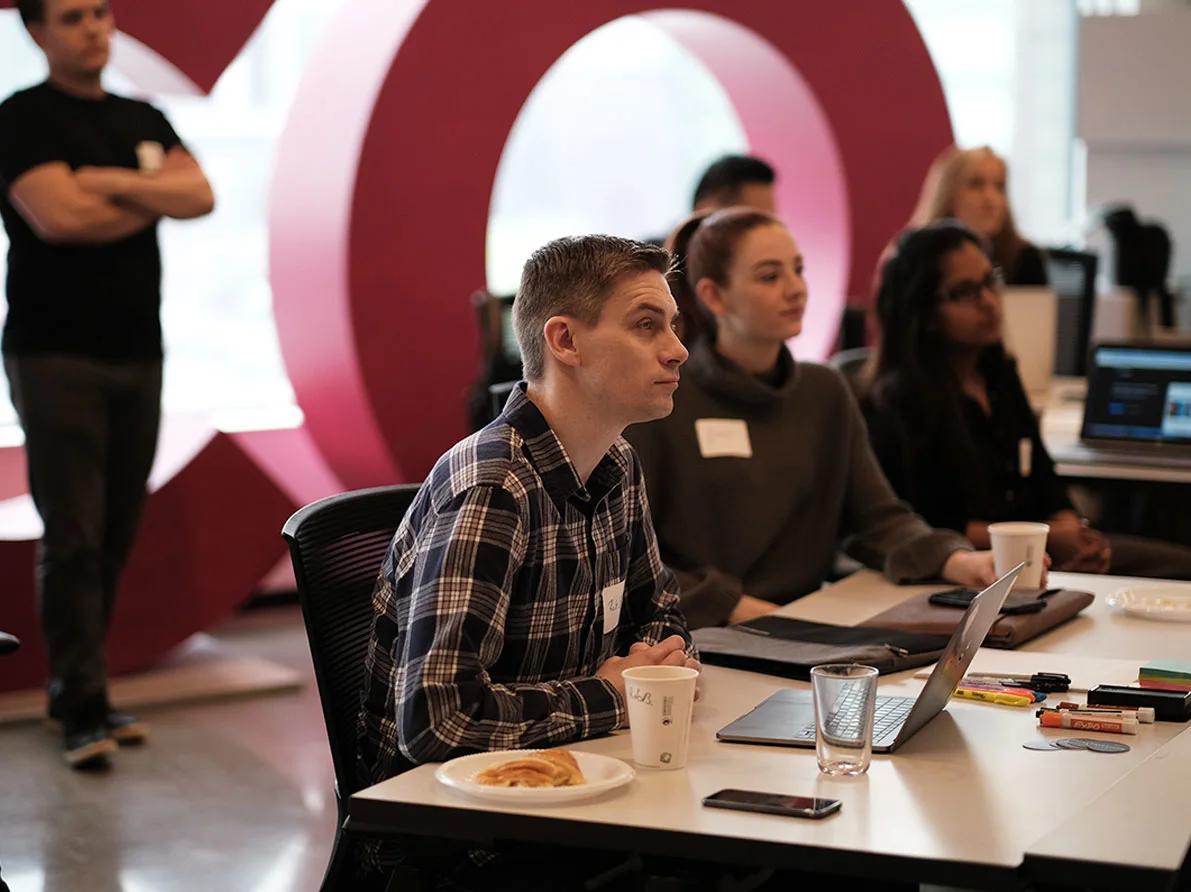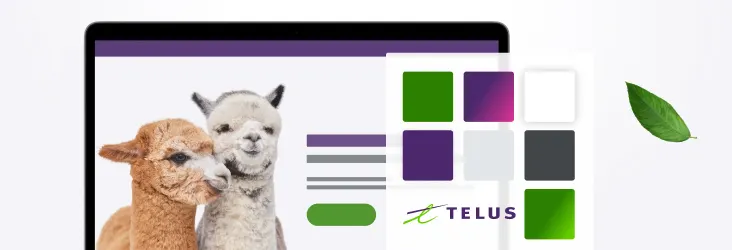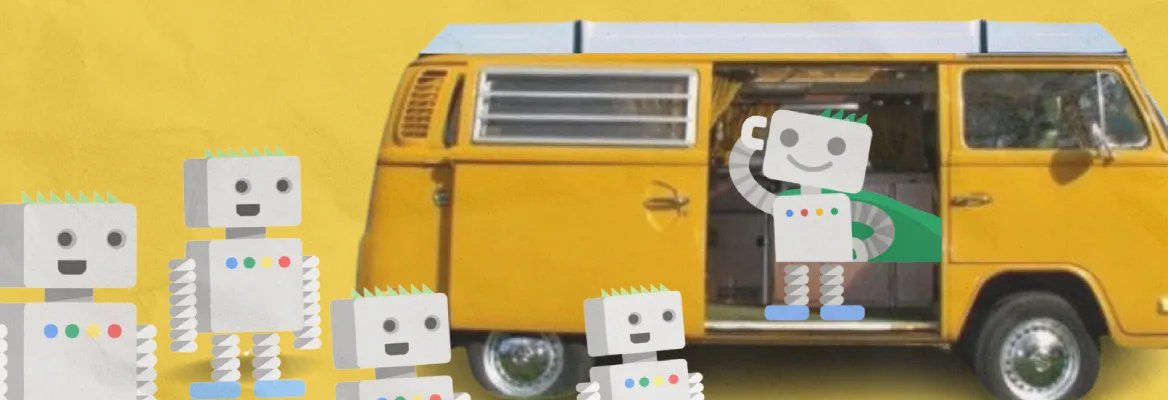B2B eCommerce: Driving customer-centric solutions with a design sprint
Content and Design · Sep 20, 2018
You might be asking yourself what is a Design Sprint? It’s not just centred around design and it’s not just a sprint (like a scrum sprint). So what is a design sprint? It is a fast-paced customer focused workshop that starts with an idea and accelerates to user testing in only 5 days. In this post, I’ll give you a quick intro into a TELUS design sprint and if that gets you excited, there are a ton of resources to learn more about it.
A design sprint allows you to solve complex problems using strategy, innovation, behaviour science and design thinking. At the same time, it can potentially help to remove bias caused by hierarchy, role within the company or just being more charismatic or louder than other people.
A design sprint will let you develop a fast and simple solution, leveraging efficient collaboration and expert knowledge. Best of all, it will give you the superpower to take a peek into the future by testing a prototype with your customers.

Source: https://www.thesprintbook.com/
The 5 Day Process
Learn & Define - Define your long-term goal, learn from the experts and share inspiration.
Ideate - Based on what you’ve found out earlier come up with ideas. They can be really crazy.
Decide - There are usually so many amazing ideas, due to the time constraint, you can only move forward with one of them. For now.
Prototype - Build a prototype, it should be as simple and yet realistic as possible.
Validate - Ask your actual users to try out the prototype and give you feedback.
If you’d like to learn more, there’s a great book called The Sprint by Jake Knapp with a “recipe” of sorts on how to facilitate a Design Sprint. The Medium publication Sprint Stories offers a great collection of case studies, facilitator advice and learnings from people across all industries.
Our team and project are all new, so we decided to do a sprint to focus on the more complex parts that we’ll need to solve within an eCommerce flow for small business customers. I had done similar exercises and workshops before and felt ready to execute a full design sprint.
5 days, 9 team members, 10 experts, 4 users, 1 solution.
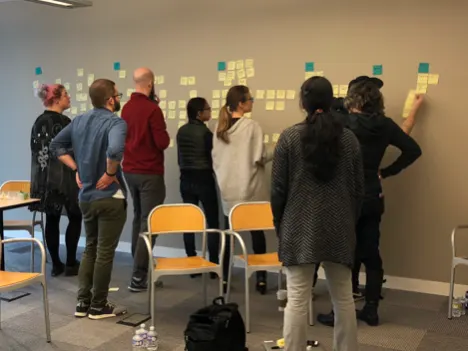
What did we want to solve?
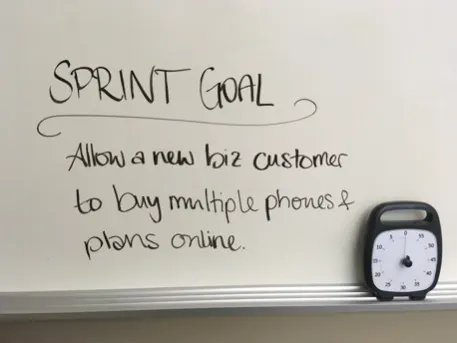
How can we enable a new business customer to buy multiple phones and plans online?
Besides our sprint goal, we had a few other factors to keep in mind. For the first time, the business-to-customer (B2C) and business-to-business (B2B) teams were joining forces to form a new team, with the goal to build a new, customer agnostic flow.
Creating a cross-functional team
Anna - Developer B2B
Doug - Design Lead B2B
Jamie - Tech Lead B2B
Laura - Manager Digital B2B Outcomes (Decider)
Lisa - Product Owner B2B (Facilitator)
Michael - Design Lead B2C Mobility
Mindy - Business Analyst B2C Mobility
Paul - SBS Digital Marketing Prime (Decider)
Viji - QA Engineer B2B
As you can see we had a cross-functional team with a wide variety of skills and expertise working together. This approach helped us to have very different perspectives on the product and a myriad of cool ideas. Although choosing one idea wasn’t easy, our deciders helped to guide the decision.
From idea to prototype
So, what did we end up building? We called it: The “Configurator”!
The working title describes the idea quite well. We created flow leading to the configurator page, where a customer can mix and match their phones and plans, see pricing details and discount options.
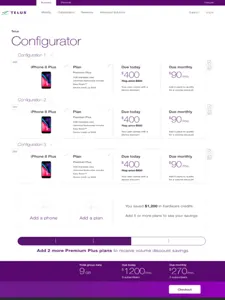
To create our clickable prototype we used Invision, 2 designers and 12 hours. We might have underestimated the scope of our prototype a little, but snacks, smoothies and a healthy dinner helped us to survive the extended work day.
It’s time to put it to the test
The best thing about design sprints is the ability to look into the future. Sort of.
We invited real TELUS business customers to really put our prototype to the test and chat with us about their needs.
Overall, everyone like our “Configurator” concept and the layout. Some of the functionalities were not clear, for example, the duplicate function was missed by all testers, but once we told them about, they loved the idea.
We can proudly say, that we have hit our goal!
What’s next?
Everyone on the sprint team learned a lot during these five, very intense days. There were great moments, but also complex situations that we want to avoid in the future. To surface those, we had a post-sprint retro.
We have a lot of business partners for this project, so we decided to do a share out session including a Lightning Decision Jam for feedback about the process and the prototype.
This session was a great success. We were able to make everyone’s voice heard, collect valuable feedback and quickly pinpoint the highest business priorities.
We did not run a follow up sprint in which we would polish the prototype and test it again at this time. We are building upon the idea and feedback we got, iterating and testing at a slightly slower pace.
Will we sprint again? Definitely!
Want to read more about design at TELUS Digital? Check out this blog post about Design Strategy behind the TELUS Design System.
Resources
https://www.thesprintbook.com/
https://www.quora.com/What-are-the-benefits-of-running-a-design-sprint-for-my-product
https://sprintstories.com/using-design-sprints-to-make-something-people-love-276d908b6044
